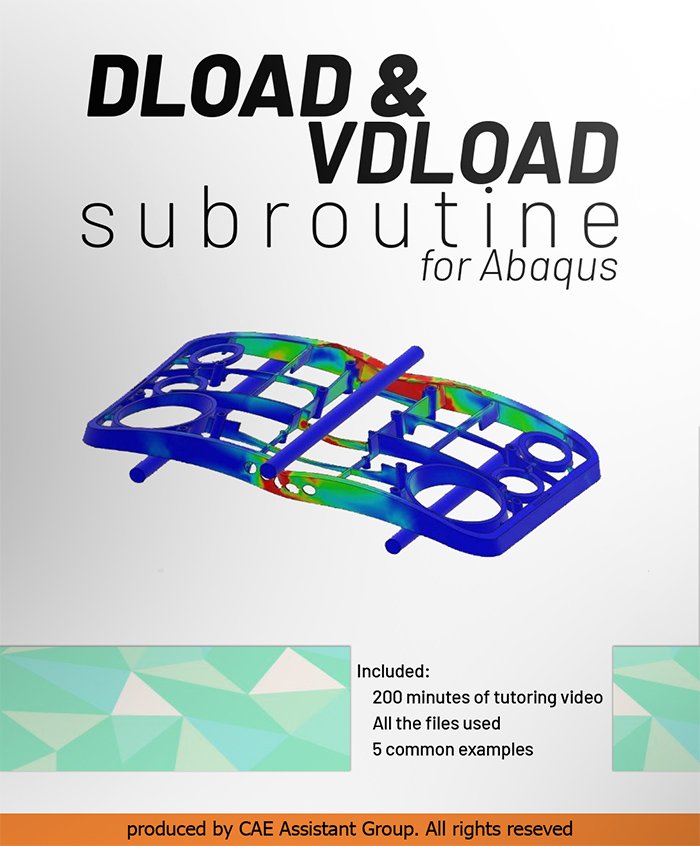Abaqus DLOAD Subroutine and VDLOAD Subroutine
€ 120.0
This training package helps Abaqus users to prepare complex DLoad and VDLoad subroutines. With the help of these workshops, you can get acquainted with the basic and comprehensive way of DLoad and VLoad subroutine writing and their applications. By viewing this package as an engineer, you can do basic projects with complex loads.
Rated 4.80 out of 5
